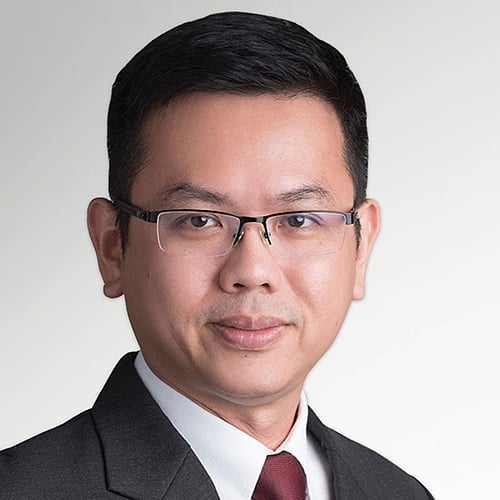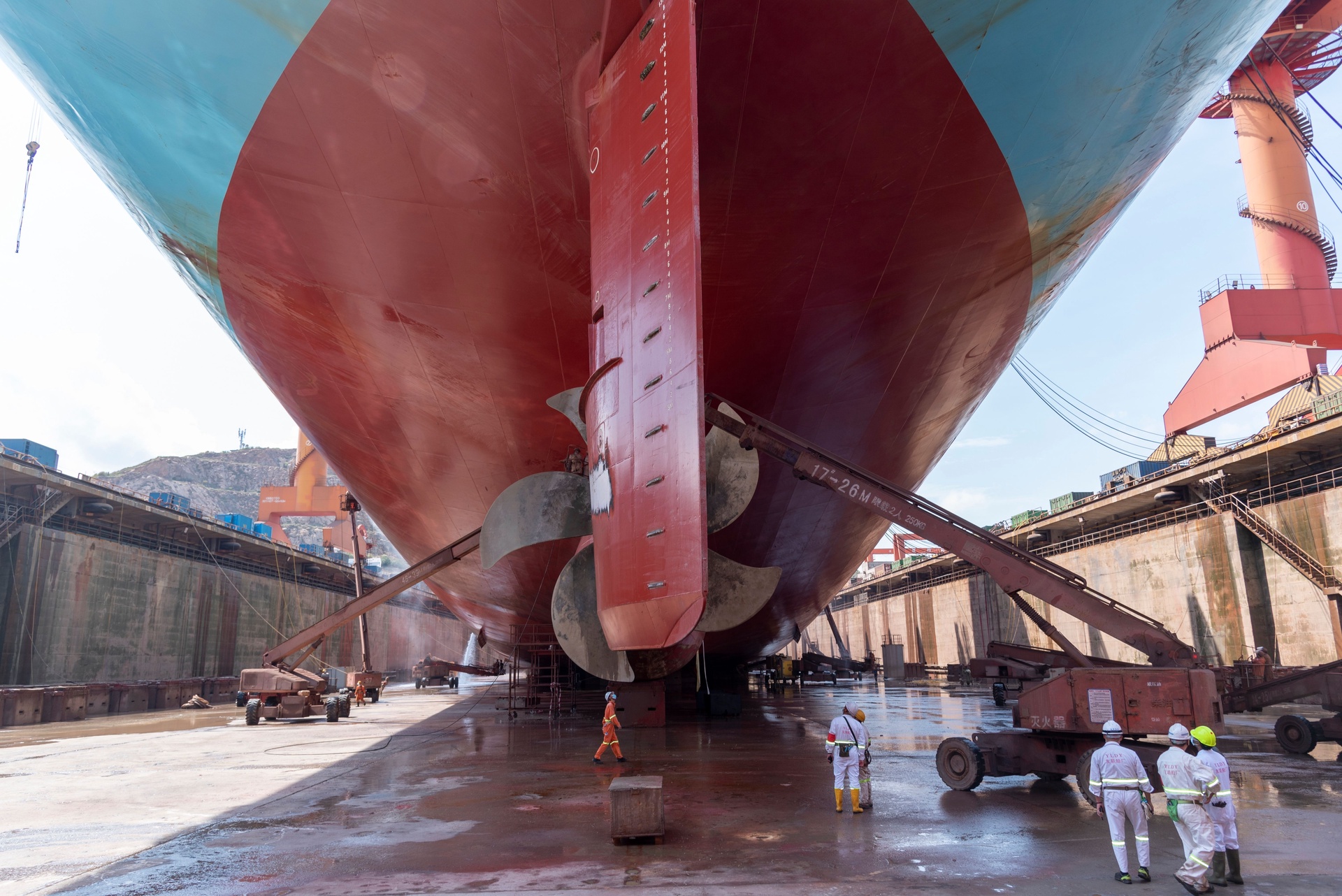With Japan and China leading the way, the Asia-Pacific region registered world-leading levels of high net worth individual (HNWI) population and wealth growth in 2013, with no signs of slowing down, according to the Asia-Pacific Wealth Report 2014 (APWR) published today by Capgemini and RBC Wealth Management.
About 82% of HNWIs in the region excluding Japan expect most or all of their wealth management relationships to be conducted through digital channels in five years, in contrast to 61% of HNWIs in the rest of the world, the report shows.
Demand for digital interactions, including through the emerging channels of mobile applications, social media and video, is high across Asia-Pacific HNWIs of all ages and wealth levels.
The report notes that the stakes are high for firms that do not deliver sufficient digital experiences to the region’s HNWIs. About 83% of those in Asia-Pacific excluding Japan would consider leaving firms that lack an integrated channel experience versus 62% of those in the rest of the world.
The region’s population of HNWIs grew 17% to 4.3 million, while their wealth grew 18% to reach US$14.2 trillion, compared to growth rates of 13% and 12% respectively in the rest of the world.
Japan and China, which hold over two thirds of Asia-Pacific’s HNWI population, drove 85% of the HNWI population growth in 2013, increasing their number of HNWIs by 22% and 18% respectively to reach 2.3 million and 758,000.
They also saw HNWI wealth increase at the region’s highest rates of 24% to US$ 5.5 trillion (for Japan) and 20% to US$3.8 trillion (for China). Hong Kong grew its HNWI population and wealth at lower than regional average rates of 9% to 124,000 and 12% to US$627 billion in 2013, as a result of challenged equity market performance.
The report notes that Asia-Pacific’s ultra-HNWIs grew their wealth at about twice the rate of their peers in the rest of the world, both in 2013 (20% vs. 10%) and in the five-year period from 2008-2013 (average annual growth rate of 17% vs. 8%).
HNWIs are defined as those having investable assets of US$1 million or more, excluding primary residence, collectibles, consumables, and consumer durables.
HNWIs in Asia-Pacific excluding Japan have the highest trust and confidence levels globally in all aspects of the wealth management industry: 85% have high trust in wealth managers, 87% in wealth management firms, 78% in financial markets and 80% in regulatory institutions.
Hong Kong HNWIs’ trust levels increased across the board between 2013 and early 2014, to 81% in wealth managers (up 16%), 83% in firms (up 11%), 74% in markets (up 20%), and 77% in regulatory bodies (up 15%).
Looking ahead, 88% of Asia-Pacific (excluding Japan) HNWIs (80% of those in Hong Kong) are confident in their ability to generate wealth in the near future.
High trust and confidence levels may have contributed to a greater focus on wealth growth (41%) rather than preservation (31%) among Asia-Pacific (excluding Japan) HNWIs.
In seeking growth, they significantly increased foreign investment allocations to 43% in early 2014, up from 30% a year prior, with Europe attracting the largest share at 15%, followed by North America at 14%. Looking at the make up of their portfolios overall, real estate remains the preferred asset class of Asia-Pacific (excluding Japan) HNWIs (at 23% of portfolios), which differs from a preference for equities (27%) in the rest of the world.
Asia-Pacific (excluding Japan) HNWIs have distinct preferences in how they want to be served by firms, as they are more inclined to seek professional advice (45%, the highest globally) and pay for customized services (37%) than HNWIs in the rest of the world (36% and 30%).
While HNWIs globally share a preference to work with a single wealth management firm, those in Asia-Pacific (excl. Japan) differ in preferring to work with multiple experts (39%) versus a single point of contact (26%). They also have the highest demand globally for digital interactions, with 82% (versus 61% for those in the rest of the world) expecting most or all of their wealth management relationship to be run digitally in five years.
Despite rising wealth and trust levels and a desire for advice, Asia-Pacific (excluding Japan) HNWIs increased their performance scores of wealth managers by only half a percentage point to 68% in early 2014, although this compares to a drop by five percentage points to 66% in the rest of the world.








